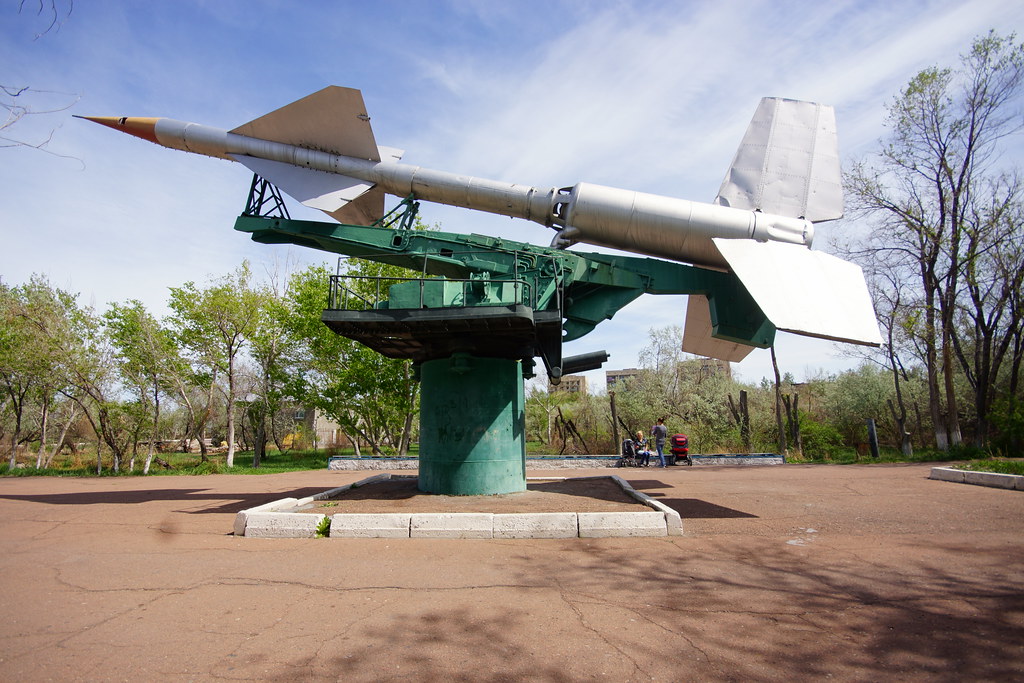northerndancer2000
ACCESS: Restricted
- Joined
- 23 May 2011
- Messages
- 49
- Reaction score
- 10
This is a thread on Twitter (X) showing a series of weird & wonderful ideas, mostly nuclear armed AAMs and mostly American.
since today is 1 April, it’s possible they’re an April Fool’s Day joke but I though you might enjoy them anyway.
since today is 1 April, it’s possible they’re an April Fool’s Day joke but I though you might enjoy them anyway.




